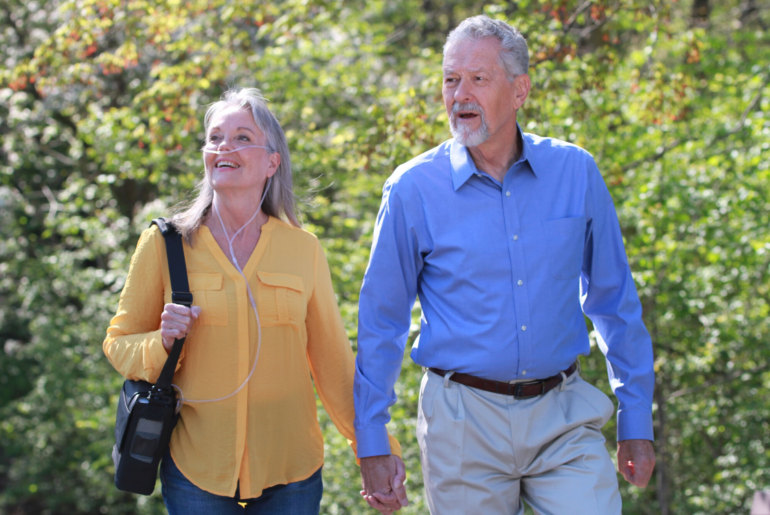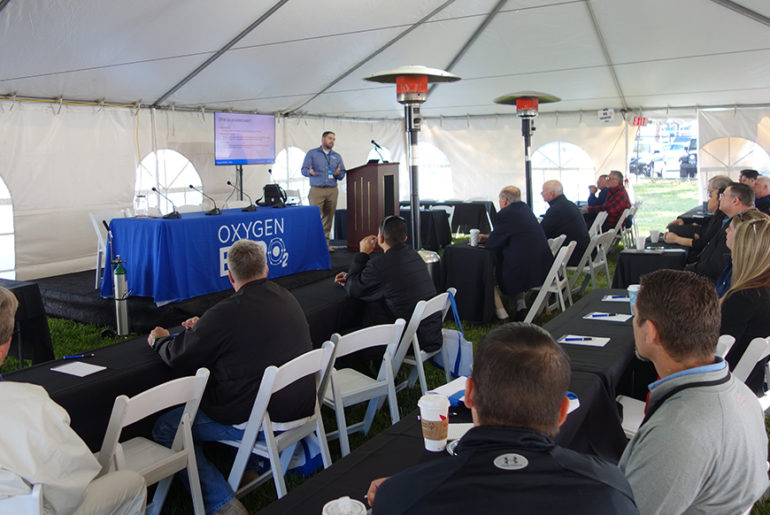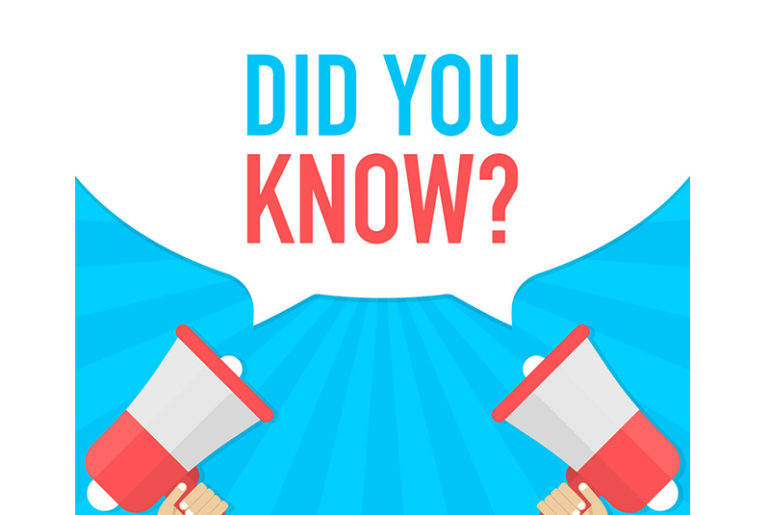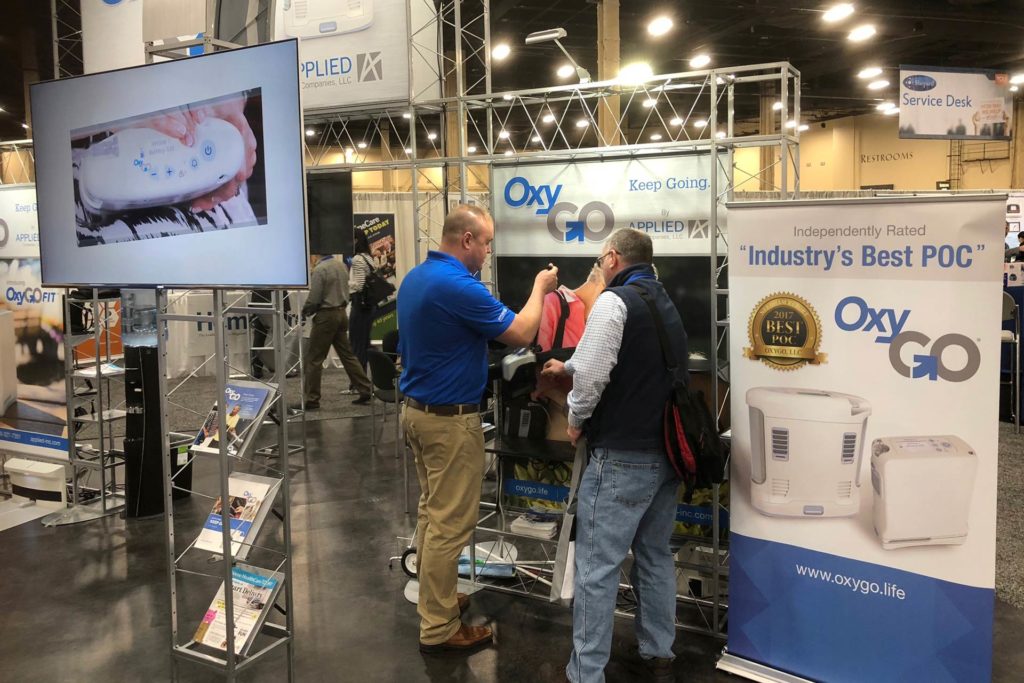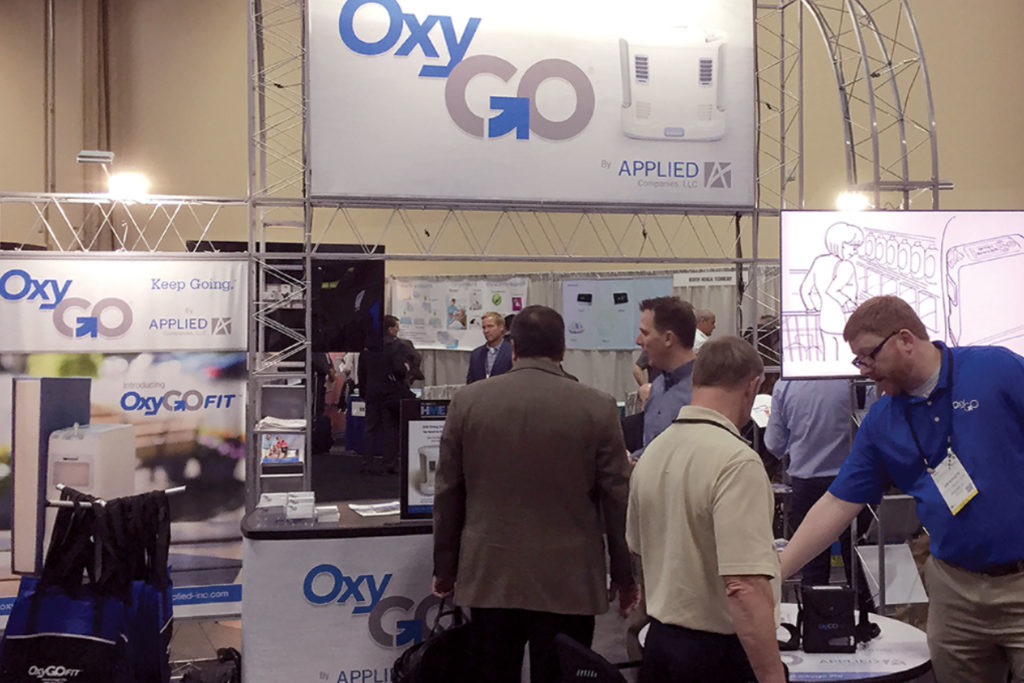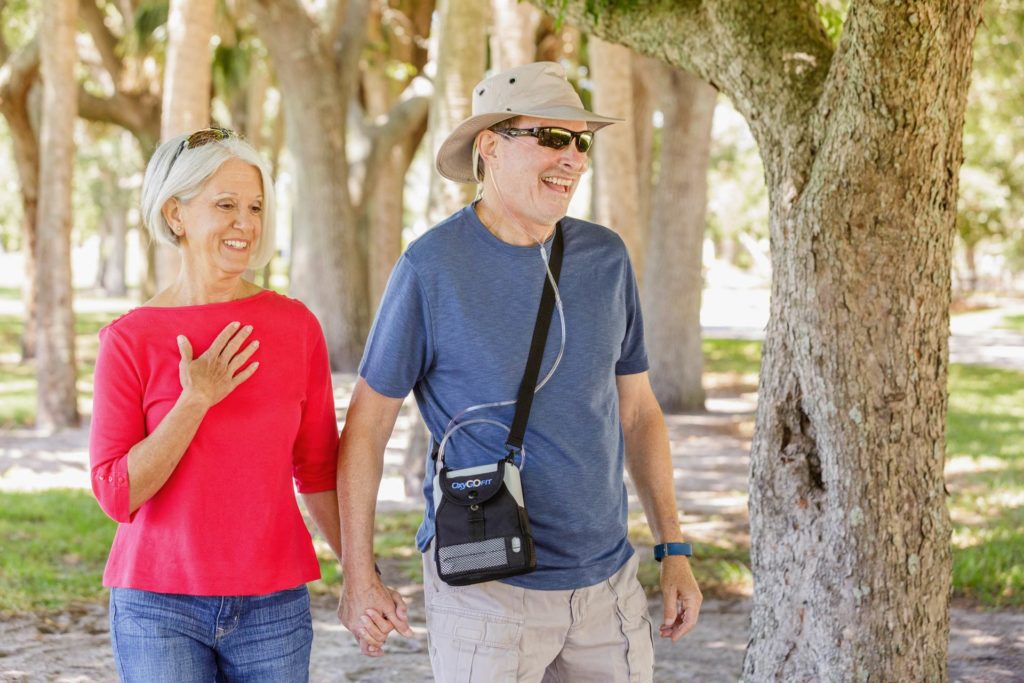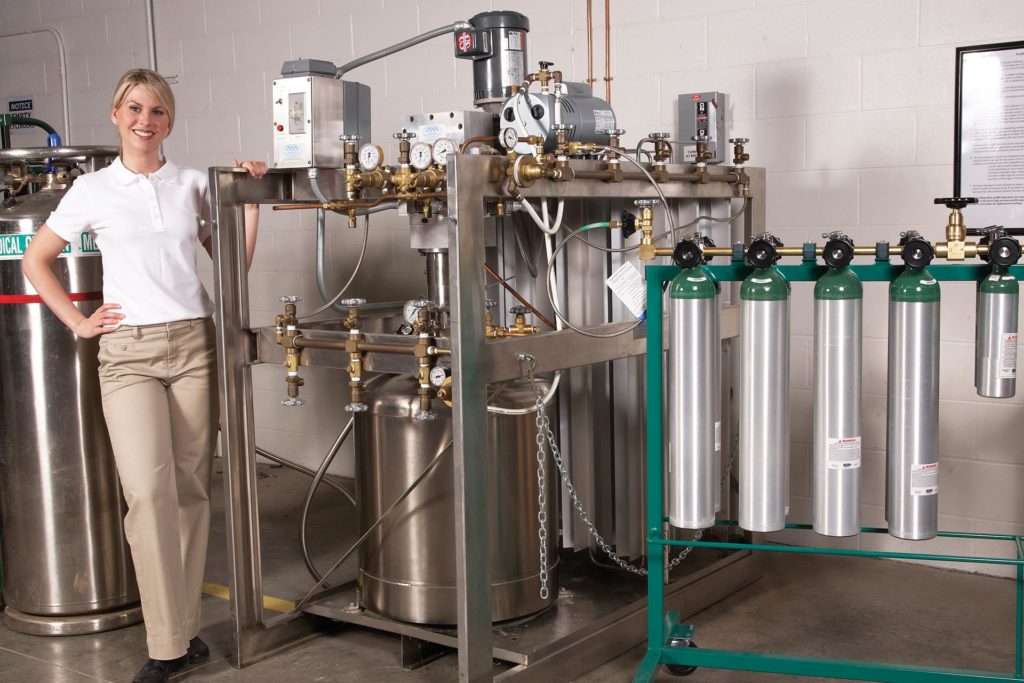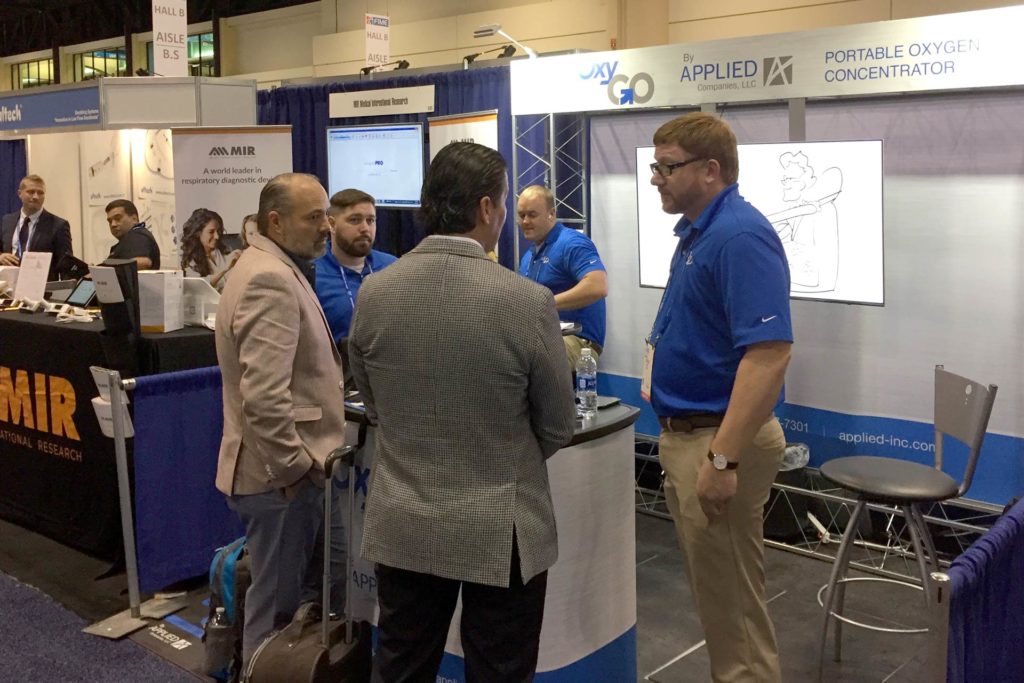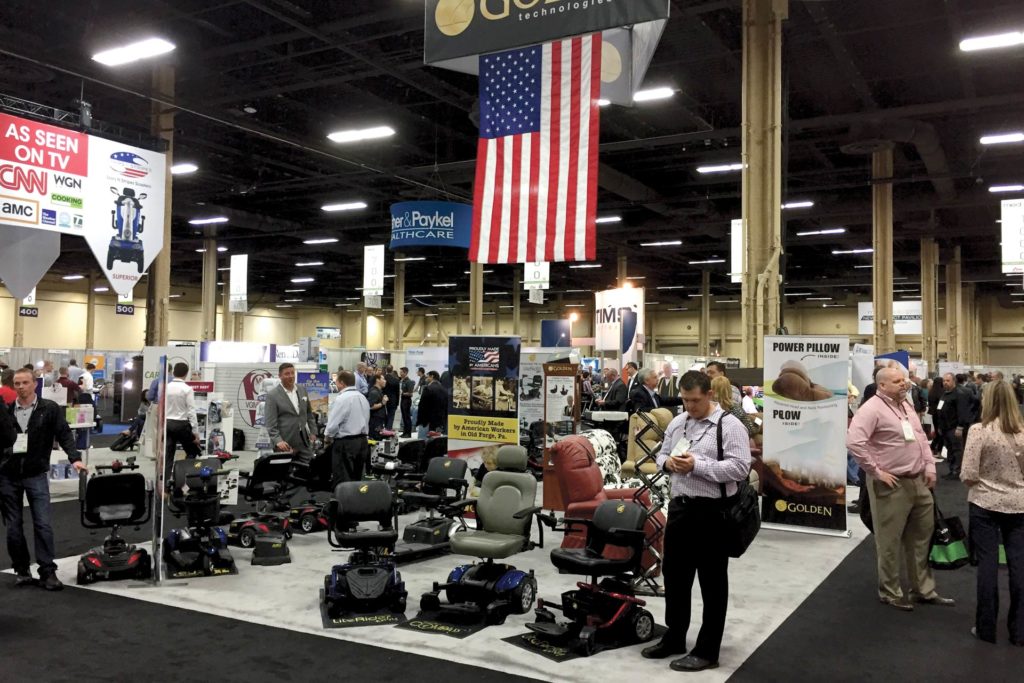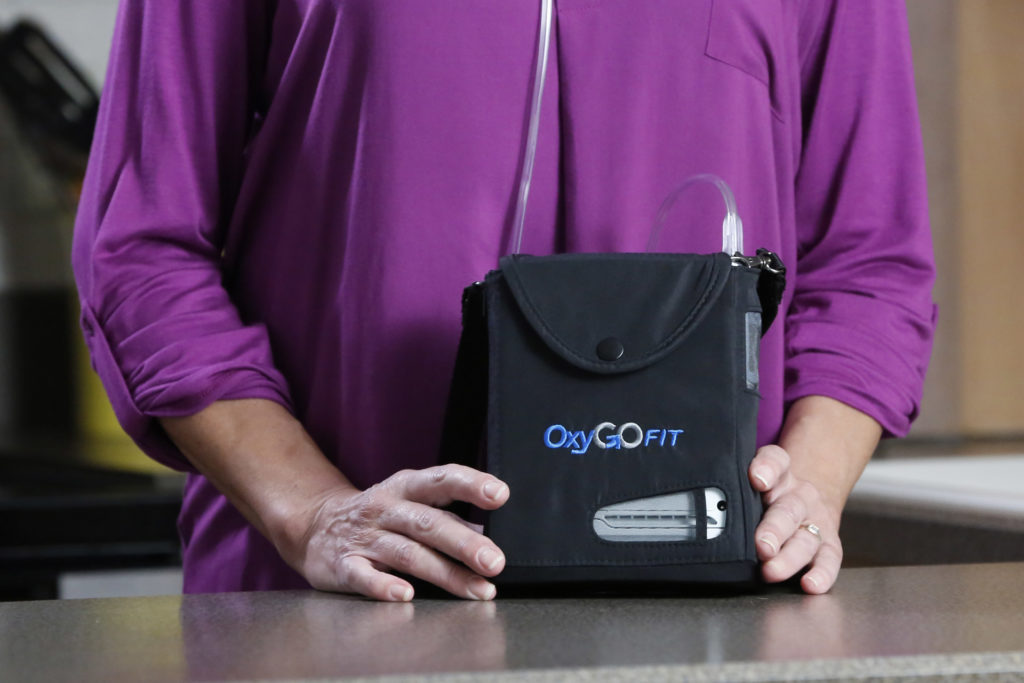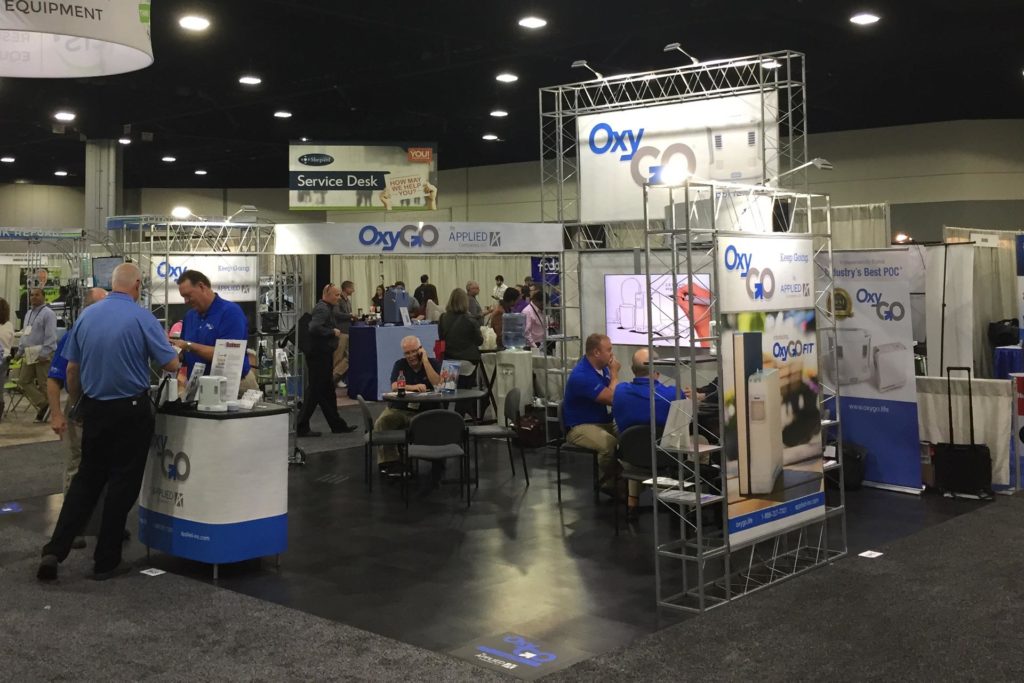Hungry for VC Money?
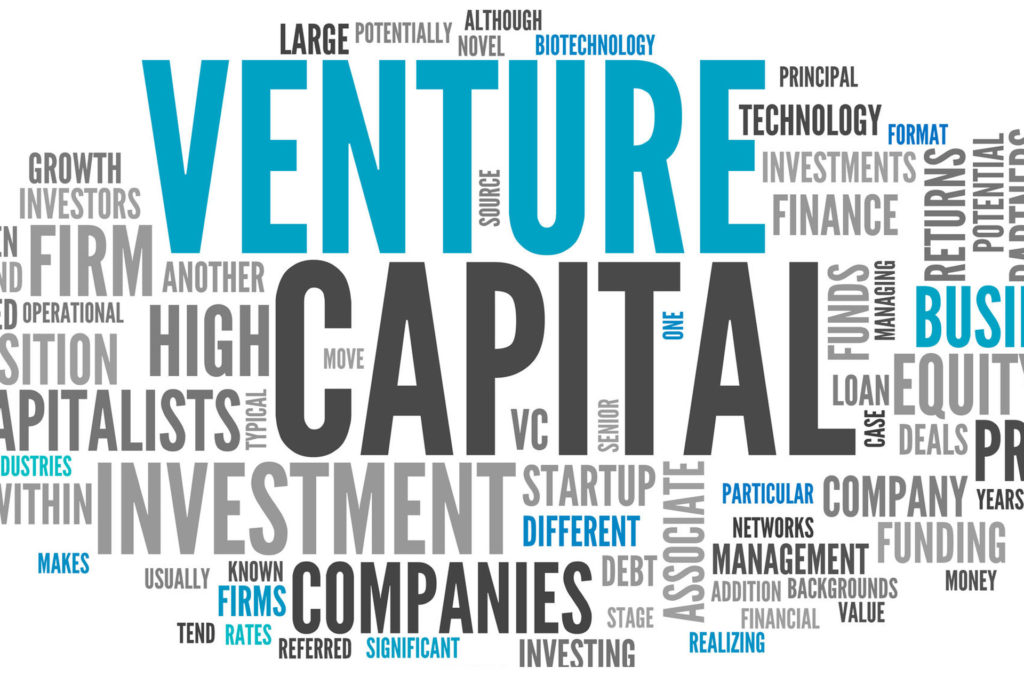
Have you ever wondered what it might be like to be a venture capitalist and make the call on whether or not to invest up to $10 million or $15 million in someone else’s idea?
I recently had the opportunity to find out while attending a finance class at the Harvard Business School. In that class were founders or principals of three highly successful venture capital firms (VCs). One of them was an early investor in Apple and another in Facebook. And one of them admitted to turning down Garrett Camp, cofounder of Uber. At the time, this VC explained, Camp had a half dozen lawsuits against him in San Francisco alone.
In talking with them they were kind enough to give me a quantitative framework for understanding the differences in investments involving foreclosures, leveraged buyouts (LBO) and typical VC investments. The math is pretty straight forward. In a business foreclosure, buyers might be willing to pay thirty cents ($0.30) on every asset dollar. In an LBO, a willing buyer might pay ninety cents ($0.90) with perhaps twenty cents ($0.20) as an incentive at a later time, totaling one dollar ten cents ($1.10) for every asset dollar. A VC firm might pay two dollars ($2.00) for every asset dollar ($1.00), hoping to sell it in three to five years for five dollars ($5.00) or 2.5 times their investment.
The three VC firms in our class, it turns out, had each invested at different stages of an enterprise’s life cycle. One VC focused entirely on providing “seed money”, which was the initial or earliest investment. Seed money was usually $3 million or more. The second VC firm funded “A round” investing, which is the first or “A” round of financing after the initial seed money. The third VC firm invested in “B round” funding, which was the most secure, yet most difficult. This is because that firm had to negotiate a position with entrepreneurs and the VCs that provided both seed and “A round funding.” Typically, A and B round investments were $10 million to $15 million dollars each.
It isn’t easy to win VC funding. The VC founders and principals told me they typically looked at 1,000 deals and invested in only three. When I asked what stood out among those selected, there was no waffling about what was most important. All three replied, nearly in unison, “It’s always the entrepreneur.” When I inquired further, each of them offered different qualities, but essentially the same perspective. These were:
“Passion, everyone has that. So we expect that, or they would not have gotten to our level for us to meet with them.”
“Unstoppable, they are unstoppable and will succeed no matter what the obstacle.”
“Transparent, they give us good news fast and bad news faster!”
“Could we see ourselves working for them? Would I want to work for them?”
“We don’t care what product or service they have because we know that will change. It is the entrepreneur we are investing in.”
It was an interesting class and while VCs appeared at first view “rags to riches stories”. They are more like the old Smith-Barney TV commercial, where John Houseman said, “how do they make their money? The old fashion way. They earn it.”
RELATED POSTS







